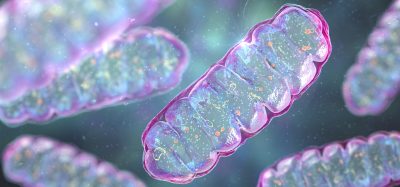New molecule developed to fight microRNA-related disease
Posted: 30 July 2019 | Drug Target Review | No comments yet
Newly developed HDO-antimiR could lead to new ways to treat diseases which are caused by malfunctioning miRNAs.


Scientists have developed a new molecule that can silence or inhibit malfunctioning miRNA, with the hope that it could lead to new ways to treat diseases caused by miRNAs. Creating a new type of antimiR, which is a molecule that inhibits miRNA, could provide the foundation for new gene therapies.
Kotaro Yoshioka and Takanori Yokota from Tokyo Medical and Dental University (TMDU) recently developed a new type of antimiR with heightened efficacy against miRNA and lowered toxicity, using their original hetero duplex oligonucleotides (HDO) technique. They combined an antimiR with its complementary RNA to produce a new molecule, termed ‘HDO-antimiR’. They then evaluated the strength of HDO-antimiR in inhibiting miRNA, assessed its biological distribution and checked its specific action by modifying its structure in mice.
“HDO-antimiR has a unique double-strand structure that is totally different from previously described antimiRs,” said Yokota. “This structure is responsible for a substantial increase in the potency of miRNA silenced by HDO-antimiR compared with the single-stranded parent antimiR.”
The researchers found that compared with conventional antimiR, HDO-antimiR was 12 times as efficient in terms of binding to targeted miRNA and had improved potency within cells, HDO-antimiR also produced enhanced phenotypic effects in mice, specifically increasing the expression of mRNA that targets miRNA, leading to greater miRNA inhibition.
The heightened potency of HDO-antimiR was not related to high bio-stability or an increased rate of delivery to the targeted cell. Although these are common explanations for increased potency, in this case it was a reflection of improved strength once the molecule had entered the cells.
This indicates that the unique structure of HDO-antimiR enabled it to behave differently than other types of miRNA inhibitors.
The study was published in Nucleic Acids Research.
Related topics
Disease Research, Gene Therapy, miRNAs, Research & Development
Related organisations
Tokyo Medical and Dental University (TMDU)
Related people
Kotaro Yoshioka, Takanori Yokota








